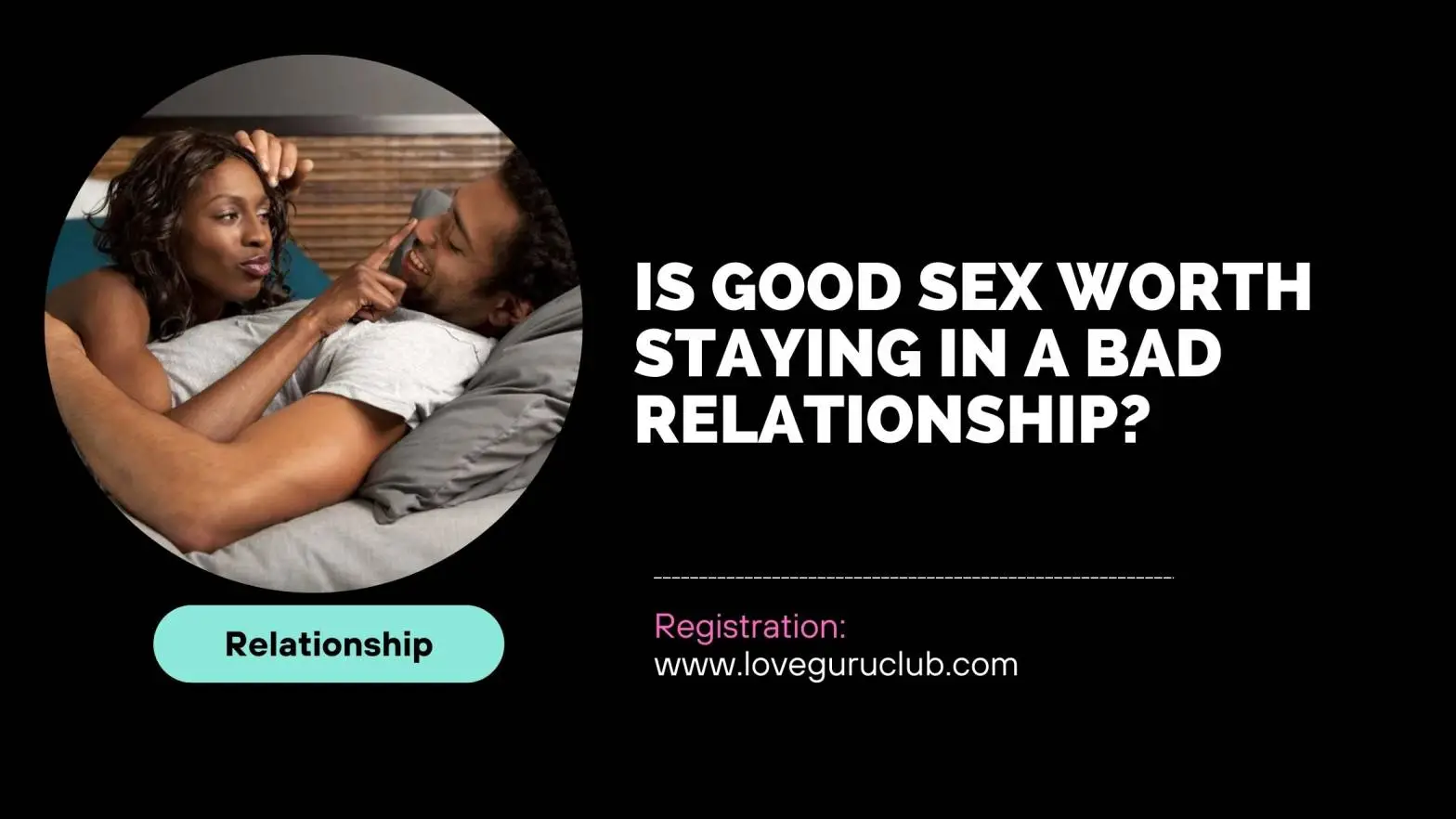Relationship Problems
How Many Relationships Fail In Middle School?

It's critical that middle school children learn how to connect with others and what constitutes a healthy relationship as they start to develop deep bonds with their friends and How Many Relationships Fail In Middle School.
Let's review some strategies for middle school counselors to assist children in acquiring these important interpersonal skills in this piece.
How Many Relationships Fail In Middle School?

Students can ask themselves whether they feel secure and respected, whether they can openly discuss and interact with their friends, and whether they feel comfortable being themselves or if they have to pretend to enjoy and do things they don't genuinely like if they are unclear if their connection is healthy.
Read Also: No Time For Relationship Just Sex: Modern Approach to Relationships
Facts about Relationships in High School
Let's examine the data regarding relationships in high school.
- Before entering the twelfth grade, 63% of high school students had at least one date;
- L. Brannon's study in "Gender: Psychological Perspectives" found that 57% of teens between the ages of 12 and 17 date on a regular basis, and
- 33% of them have a committed relationship;
- 71% of relationships involve someone of the other sex;
- For 16-year-olds, steady love relationships in high school usually endure six months, but for 17 and 18-year-olds, they last around a year;
- Research indicates that a significant percentage of high school dating experiences—such as communication styles and conflict-resolution techniques—are carried over into a later marriage.
High School Relationships: Benefits and Drawbacks
Teenagers learn how to develop connections with both romantic partners and their classmates in high school. Some people believe that falling in love is essential to comprehending both the outside world and oneself.
High school dating may teach you a lot about how to communicate with a love partner and make things work. Teenage relationships usually involve going out, spending time together, settling little arguments, and how many relationships fail in middle school.
High school dating may be enjoyable for some people and less so for others, even if many of those things are a natural part of life. Thus, let us examine a number of benefits and drawbacks associated with teen partnerships.
High school relationships provide the following benefits:
boosts self-esteem, elevates social standing, provides companionship and support, aids in the development of sexuality, and sows the seeds for independence and self-sufficiency from parents;
makes it easier to know what kind of spouse to seek for in the future.
Drawbacks:
- Chance of adolescent pregnancy (16.7% of teens were pregnant in 2019, as per CDC.gov); improved probability of stress and sadness; hazard of liquor utilization and smoking; decrease in scholastic execution;
- heightened vulnerability to sexually transmitted infections;
- Harmful weight management to attract a love partner, potential dating violence and aggressiveness (which affects 15% of males and 25% of women before the age of 18), etc.
A person's approach to love affairs grows more cautious as they age and gain expertise. Additionally, a lot of the abilities students acquire in - school have an impact on how they behave as adults.
How Many Relationships From High School Persist Into Adulthood?

Many individuals think that learning how to communicate and express sentiments to a possible love partner is the main purpose of high school relationships. Regretfully, the majority of youngsters break up with their first love once they reach adulthood.
However, others choose to remain together and even get married before reaching adulthood. Regretfully, research indicates that early marriage increases the likelihood of how many relationships fail in middle school.
A CDC.gov data states that the likelihood of a marriage ending after a year is 10% for couples under the age of 18. Couples who remain married for more than five years have a 29% higher chance of divorcing.
In contrast, 17% of couples who marry between the ages of 20 and 25 divorce after five years, and 6% do so after just one year of family life.
Must Read: How Can Platonic Relationships Impact Your Life? My Complete Guide
Living arrangements for families
Living with both parents until at least the age of 14 increases the likelihood (58%) that a marriage between a man and a woman who got married when still in their teens would continue. The likelihood drops to 38% for other living situations, such as having no parents or stepparents.
Race
Asians and Whites have historically had the highest marriage rates. They are closely followed by the Hispanic community.
In 2018, for instance, 48% of Hispanics were married, 59% of Asians, and 54% of Whites were married.
On the other hand, according to Gabe H. Miller's study "Future trends in Marriage and Family," the Black population has the greatest divorce rate and the lowest marriage rate (39%).
Faith
The likelihood of a marriage lasting at least 20 years is 53% among Catholics. This percentage is 50% for Protestants. 65% are from other religions.
Those who do not practice any religion have the lowest chance of having a marriage last 20 years (43%).
Adolescent Marriage Rate
Teenagers in the US were more likely to get married at the close of the 20th century than they are now. According to the data, 19.8% of teenagers (those between the ages of 15 and 17) got married in 1980. But this tendency started to wane around 1990.
In 1990, the average age for first marriage was 24 for women and 26 for males; by 2020, those numbers had risen to 28 and 31.
How Much Time Do Relationships Last in High School?
Compared to attachments developed at earlier stages, the most livable romantic partnerships happen closer to graduation and are linked to higher levels of emotional support between the couples.
Teenagers who are romantically linked are more likely to contribute to the tiny number of high school relationships that continue into college if they can characterize their union as exclusive and supportive on all levels.
According to Victor W. Harris, a professor of Community Studies at the University of Florida, "physical attraction tends to be the main focus of early romantic relationships in middle school." Relationships in high school "focus more on commitment and intimacy."
He claims that the average length of a high school relationship rises with age and maturity and can last up to a year for certain couples in his paper about dating throughout adolescence that was published in the Social History of the American Family.
The following variables affect how long these early love interests last:
the views on dating, marriage, and starting a family; views on sex; the impact of peers and the media; the homes in which youngsters lived, etc.
According to J.A. Connolly and C. McIsaac's study "Romantic relationship in adolescence," more mature high school students typically have longer lasting relationships that are "rooted in strong emotional bonds, resembling the couple relationships of adulthood."
As a result, these relationships remain steady and frequently continue after high school.
What Is the Marital Status of High School Couples?
The majority of couples break up during their time in school or soon after graduation. Relationships in high school often last anything from a few months to a year. Only a small portion of them remain together and how many relationships fail in middle school.
Since most people don't think about getting married until they graduate, there aren't many data on marrying a high school love. Additionally, the percentage of people who marry their high school love is quite small and stays below the 2% threshold because adolescent weddings are incredibly uncommon (as was previously said, 2%).
But according to studies on late teenage relationships by R.K. Raley and colleagues, young people who enter into meaningful love relationships in high school have a higher chance of getting married or moving in together by the time they are 25.
Why Do Relationships in High School Fail So Often?

Teenage relationships in high school bear just a passing resemblance to adult couples. Adolescents are not yet dealing with significant issues. They inhabit an environment akin to a greenhouse. They are exempt from having to work, rent a home, pay taxes, or pay a mortgage.
Furthermore, the issues that the typical American marriage has as adults are very different from those that young couples face. Rather, jealousy, poor connections with family or friends, lying or cheating, etc., the main problems is how many relationships fail in middle school.
Read: The Dynamics of Complicated Relationships Explored
A shift in how romantic relationships are seen
Age-related changes in priorities are well known. Men and women have certain goals to achieve at every stage of life. For instance, according to Art Markman Ph.D.'s article for Psychology Today, teenagers are largely drawn to excitement.
Adolescents are not yet able to accept one another completely, unlike adults. They are generally thrilled with their novel feelings and encounters.
Long-distance partnerships
Frequently, one or both couples attend universities in different states after graduating from high school. Relationships that are long-distance are rather prevalent; between 30 and 40 percent of college students date someone who lives far away.
Less time spent together
The pair may not date as frequently as they did in high school due in part to the demanding academic load at the university. The amount of time spent in class might range from 12 to 18 hours per week, depending on the number of college courses taken.
In conclusion
High-school relationships are surrounded by various stereotypes, including that families created immediately after graduation are doomed to failure. Yet, it is not always true, as we saw from the statistics provided in the article.
And while age and experience certainly play an essential role in building a strong union, many other factors affect the duration of a relationship.





